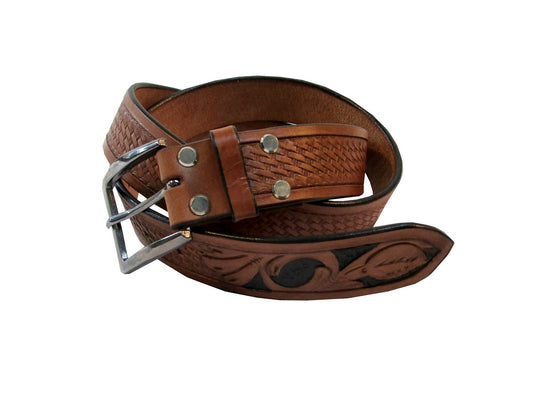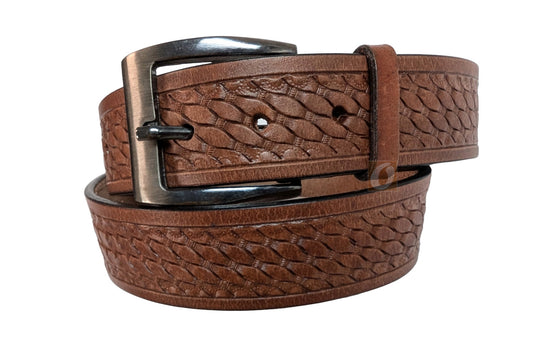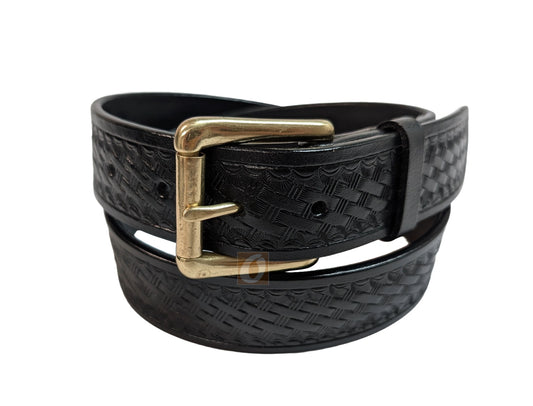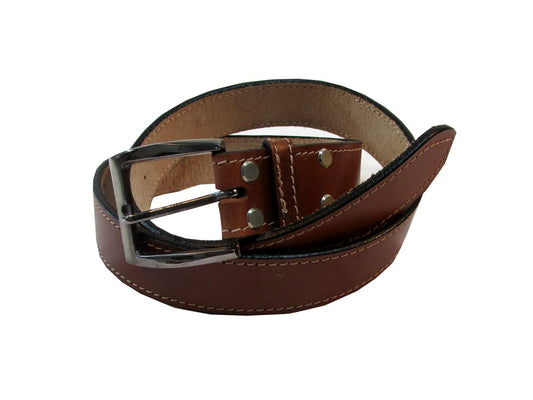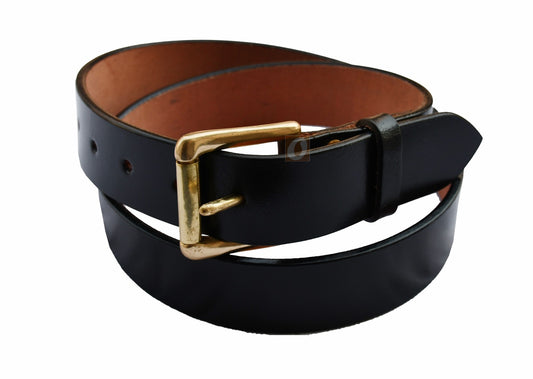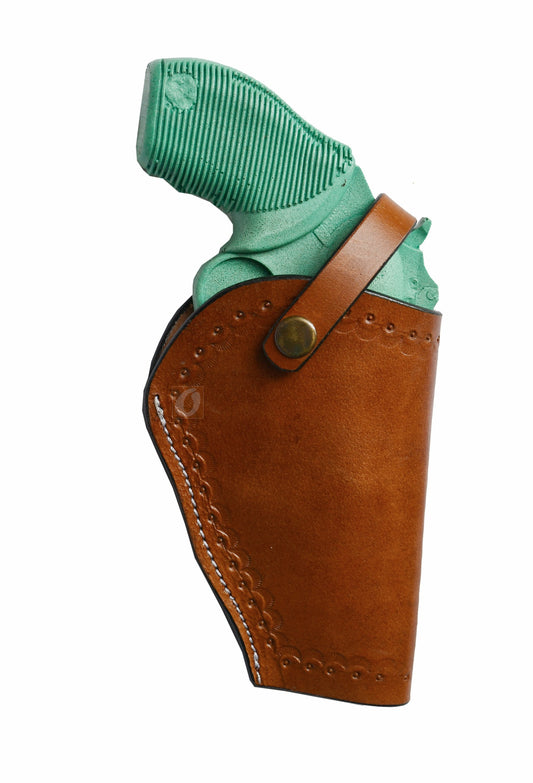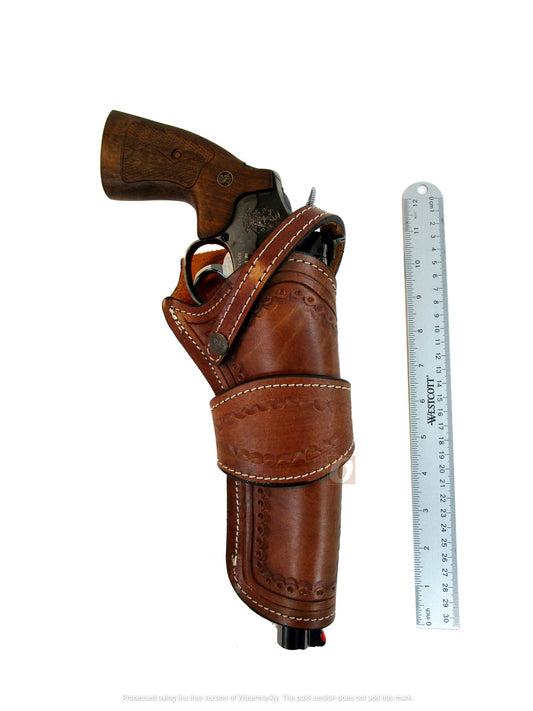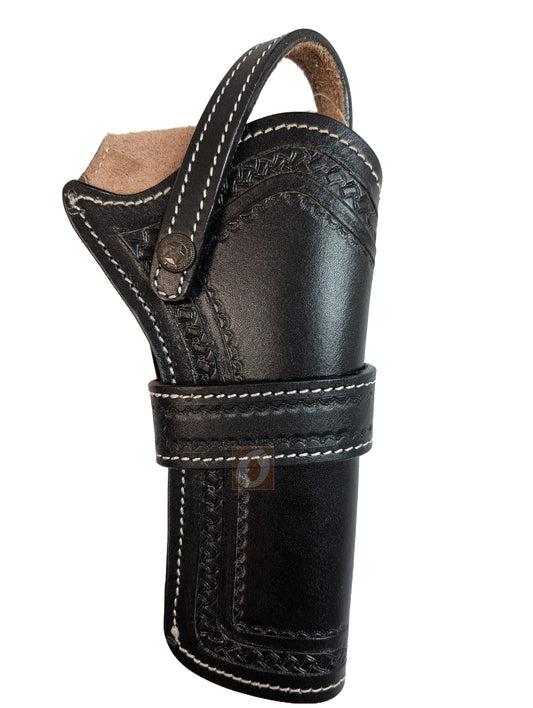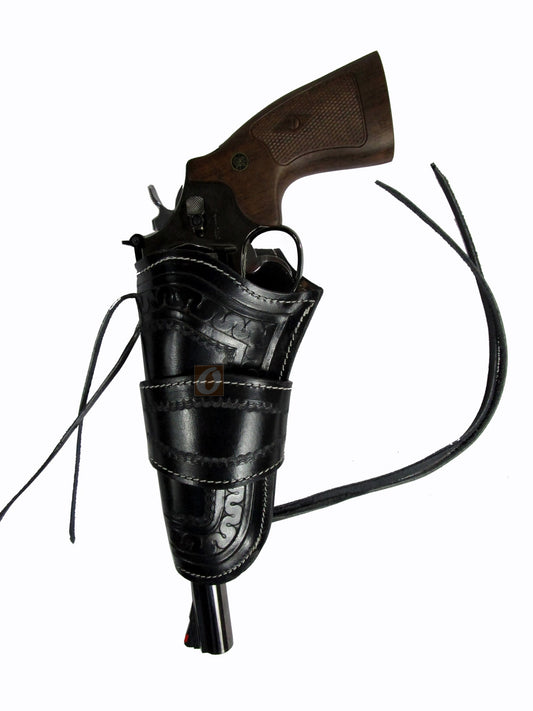The Art of Leather Crafting: Behind the Scenes of Holster Production.
The Art of Leather Crafting: Behind the Scenes of Holster Production
A good leather holster isn’t an accessory—it’s working gear. Here’s how raw hide becomes a secure, comfortable, long-lasting carry solution in the hands of skilled makers.
Sourcing the leather
Premium veg-tan only
Top-grade vegetable-tanned cowhide is selected for clean grain and consistent temper. It ages well, holds shape, and accepts molding details that lock the firearm in place.
Hide weight and cut
Holster bodies use heavier weights for structure; liners and wings use slightly lighter cuts for comfort. Each panel is chosen to minimize stretch at stress points.
Patterning for precise fit
Model-specific templates
Patterns are drafted for the exact pistol or revolver—trigger coverage, sight channel, and ejection port are mapped so retention is secure and reholstering stays smooth.
Carry geometry baked in
IWB, OWB, and crossdraw need different angles. Cant, ride height, and belt line are built into the pattern so the grip sits where your hand expects it.
Cutting and edge prep
Clean, accurate blanks
Panels are cut by knife or clicker for consistent edges. Accuracy here prevents twist, hotspots, and premature wear later.
Bevel, burnish, seal
Edges are beveled, slicked, and sealed for comfort against the body and to resist sweat and abrasion.
Wet molding and retention
Formed to the firearm
Damp leather is wrapped around the gun or a blue gun. Bone lines define the trigger guard and ejection port so the holster “clicks” into place.
Drying that sets the lock
Slow, even drying keeps the mouth open and preserves the retention pocket. No shortcuts—shape memory lives or dies here.
Stitching and hardware
Saddle-stitched strength
Waxed thread and true saddle stitch mean a broken strand won’t unzip. Stress points get backstitching or rivets.
Clips, loops, and guards
Belt loops or steel clips are set square. Sweat guards match slide height; reinforced mouths keep reholstering safe.
Finish and quality control
Dye, topcoat, buff
Color is evened, sealed, and hand-buffed. Inside surfaces are glazed for a smoother draw; outside edges are polished.
Final test-fit
Each holster is checked for retention, draw path, and comfort at the intended carry position—standing, seated, and walking.
Craft choices that change how it carries
Cant, ride height, wedge/claw
Small tweaks make big differences in concealment and comfort. Pair your holster with a rigid belt for zero sag—see our Leather Belts.
Internal links
Browse: Leather Holsters | Crossdraw Holsters | 1911 Leather Holster | Leather Belts
CTA
Ready for a holster that fits like it was made for you—because it was? Explore our molded IWB and OWB options in the Leather Holsters collection. Tell us your model and carry position and we’ll match you fast.
FAQ
How long does a leather holster take to break in?
Usually a few days of dry draws. We recommend 20–30 slow reps, then normal carry. Avoid soaking or oils that can soften retention.
How do I maintain veg-tan holsters?
Wipe dry after use, air out, and apply a light conditioner sparingly a few times a year. Keep away from high heat and direct sun.
Will leather stretch over time?
Quality veg-tan holds shape if you avoid over-oiling and don’t store with weight pulling on the mouth. Proper molding and stitch lines protect structure.


